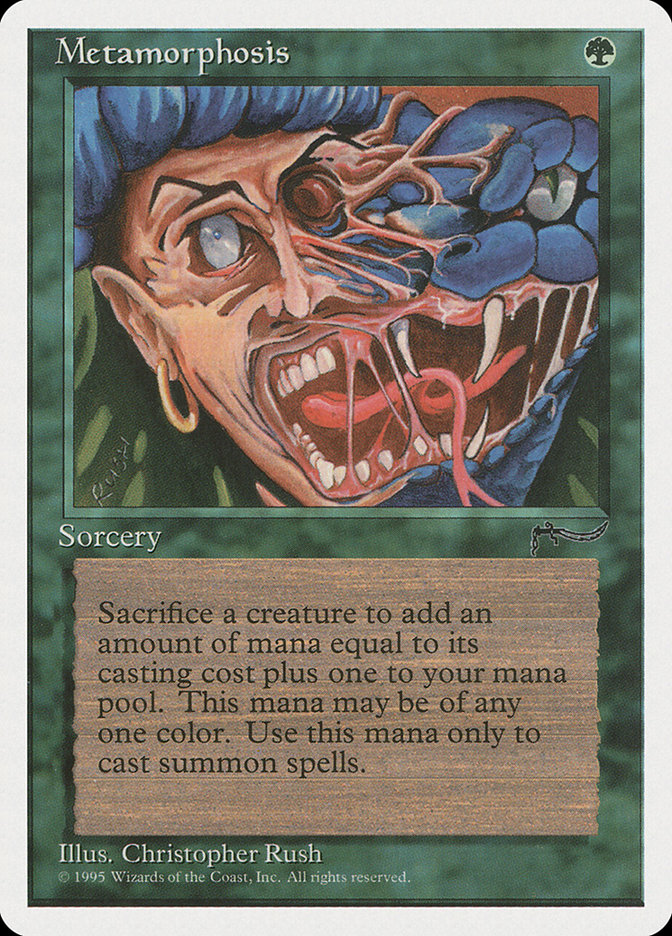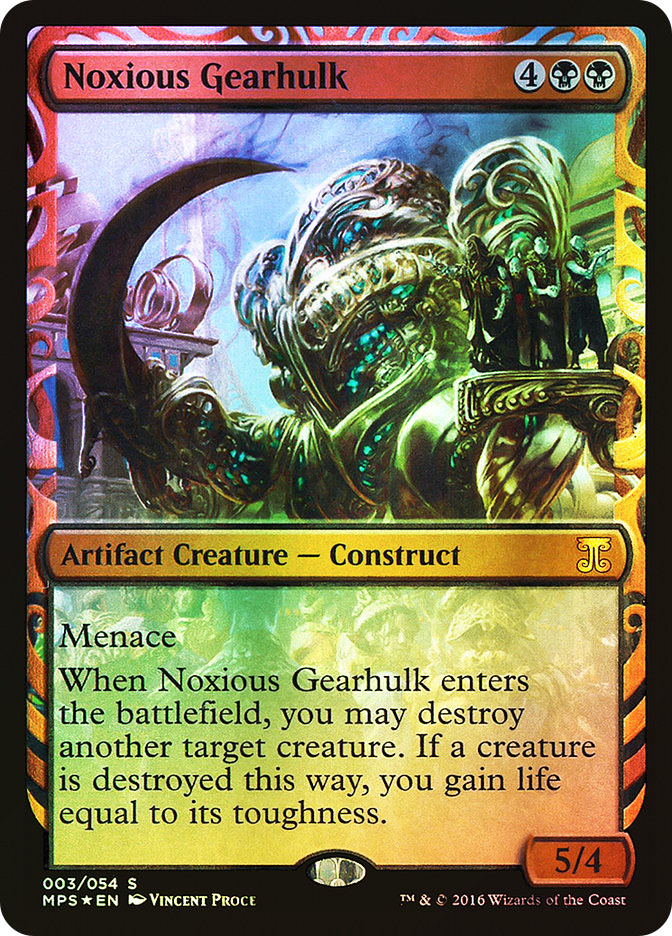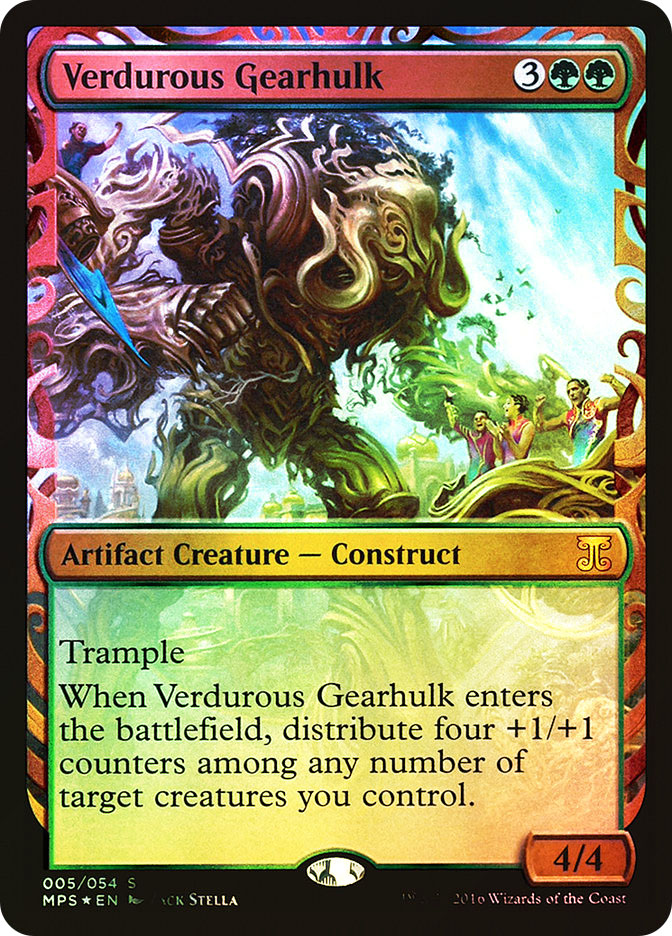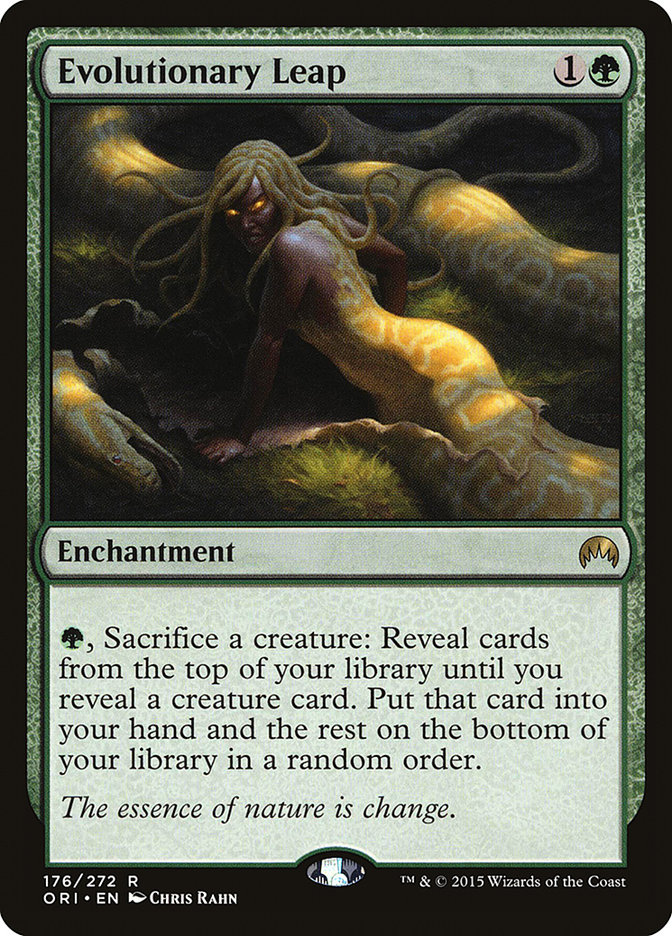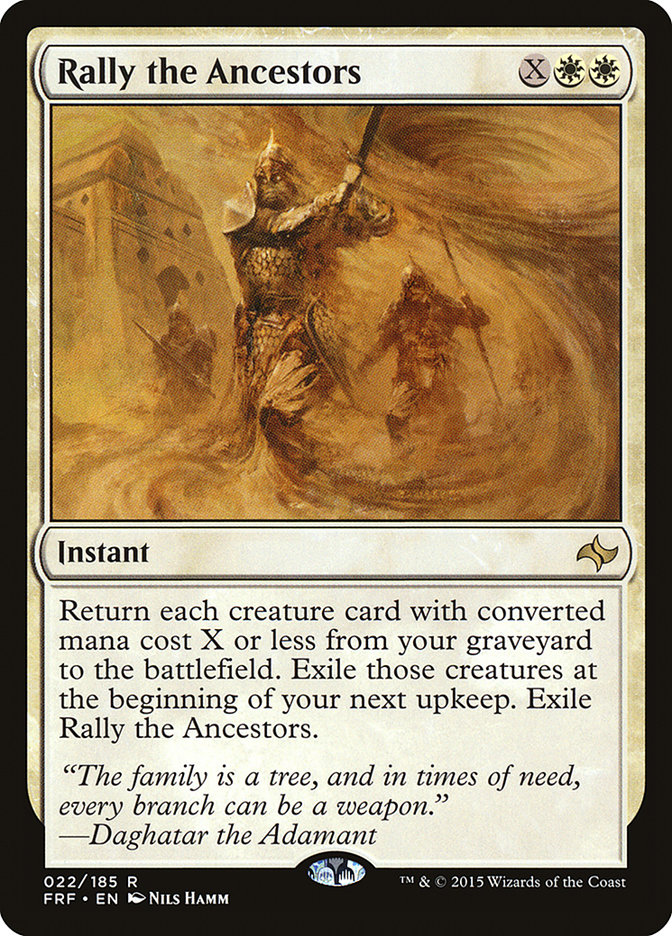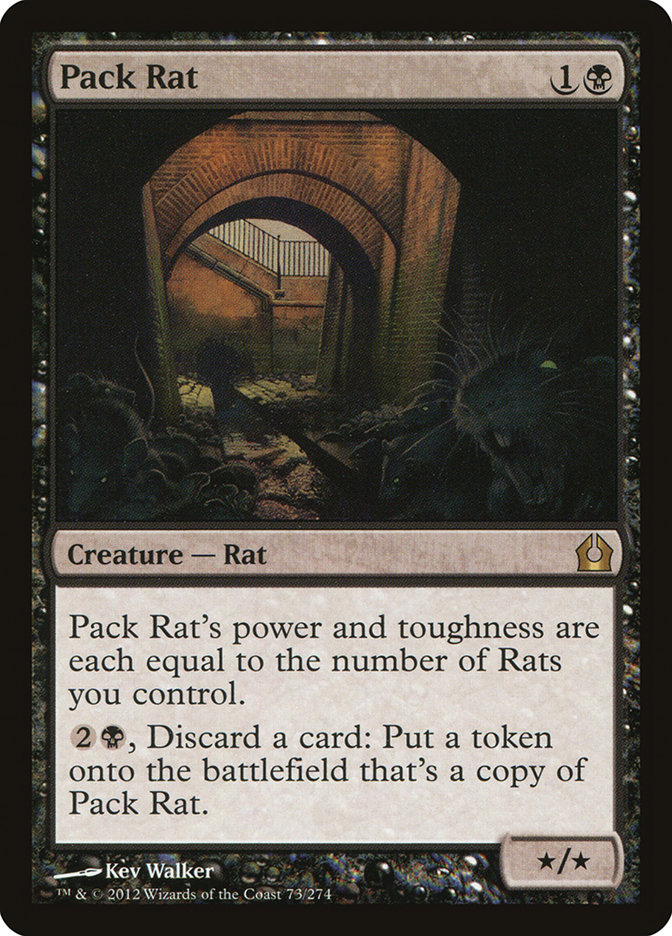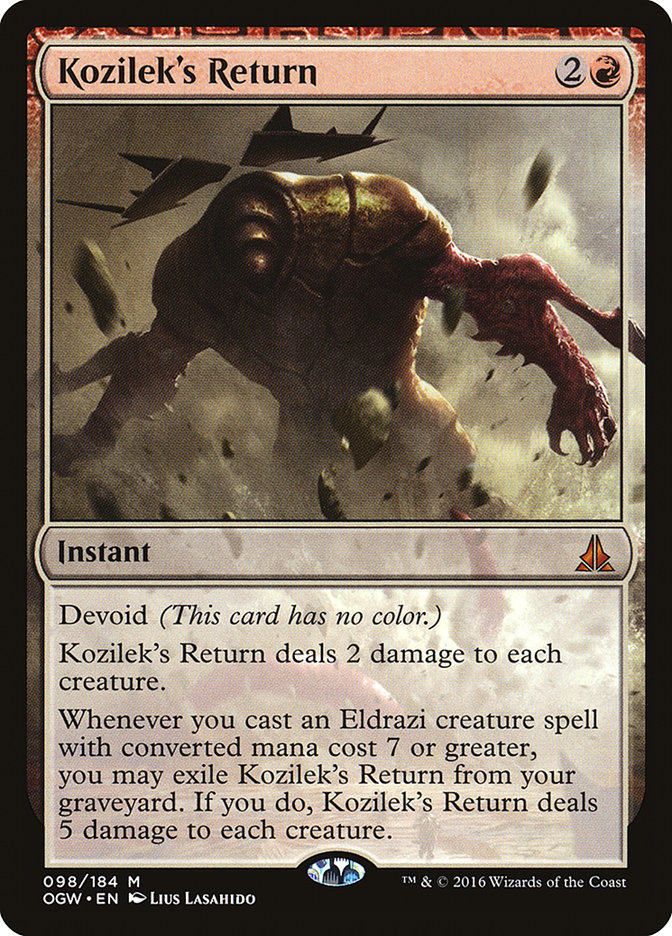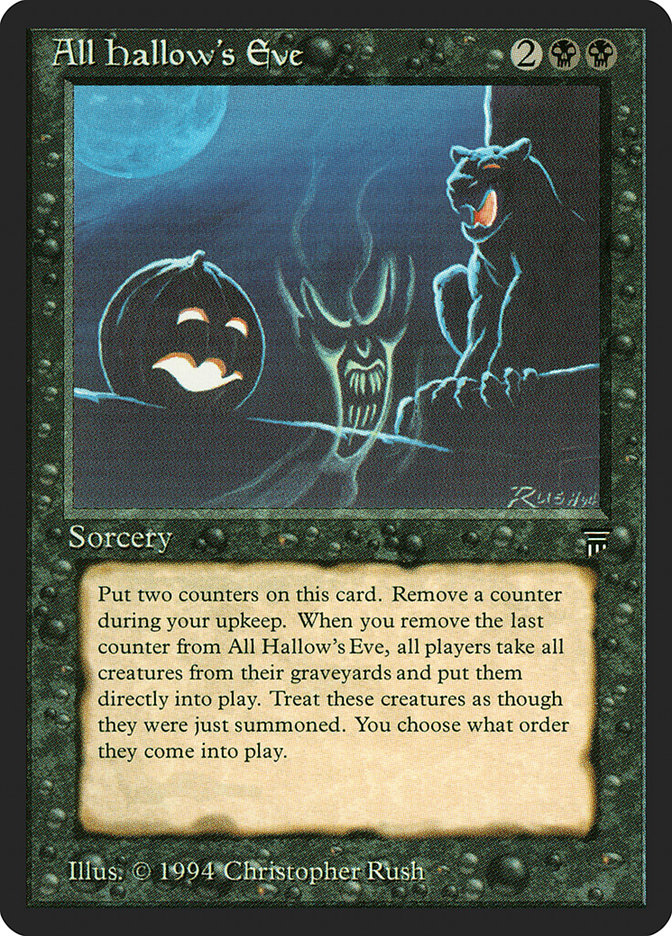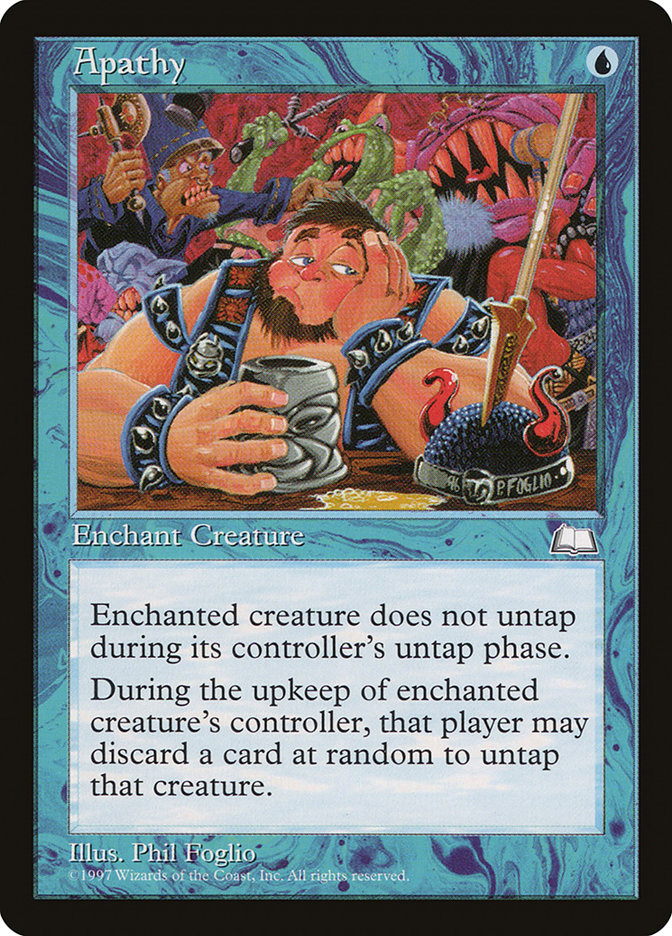Well, that was quick. Just one year after the start of its “metamorphosis,” WotC announced on Wednesday that Standard (beginning with Kaladesh) would be going back to a once-per-year set rotation coinciding with the release of the fall block. Congratulations to anyone who bought a bunch of brand-new Kaladesh cards last week—you have an extra six months to play with them.
Even though we haven’t been living in a world of twice-a-year rotations for long, this change should still have a fairly major impact on the future of Standard finance. Will your Kaladesh cards keep climbing now that players can use them longer? Is it time to re-buy all the Battle for Zendikar staples you just sold? And what does it mean that Wizards changed their mind so gosh-darn fast? Let’s find out.
Why Did Wizards of the Coast Return to a Yearly Rotation Schedule?
According to Aaron Forsythe’s announcement, the twice-yearly rotation “resulted in a barrier to our new or casual players.” In other words, a large (and generally silent) group of players were finding it overwhelming to keep up with a metagame that was being blown up and reassembled every six months.
Their market research must have shown a pretty serious problem with the six-month set rotation policy, because this was essentially an emergency fix; according to other developer tweets, the Amonkhet team has been hard at work making sure that no cards in the set will cause a major problem now that they’re going to be legal at the same time as cards from Battle for Zendikar. It’s also telling that R&D only gave us a single spring rotation before shifting back to a yearly rotation schedule. WotC is better than most companies at walking back their mistakes (really!), and they’re downplaying things as a “failed experiment” instead of an error, but this is still a pretty quick and serious mea culpa.
While it’s impossible to know what is actually going on without access to WotC’s internal data, my guess is that attendance at small, LGS-run Standard tournaments and FNMs was dropping off a bit due to the increasing difficulty that players had in keeping up with Standard. If this is true, it’s not hard to see that the introduction of the Masterpiece series might be trying to help solve the same issue. After all, both changes have the same goal: to make Standard cheaper and easier for people to play.
This could not have been a decision made lightly. For Wizards, a six-month rotation meant a lot more revenue—at least in theory. After all, if everybody needs to replace their Standard deck every few months, packs should have been flying off shelves as players searched for four copies of the latest chase mythic. So either this move didn’t result in more packs being sold and WotC realized that they were shooting themselves in the foot for no gain, or they willingly sacrificed this additional short-term revenue in exchange for the long-term health of Standard.
From a finance perspective, this is an interesting line of thought. If Standard attendance really has been on the decline, it’s possible that Standard prices have been unnaturally low as well. If the recent changes are able to reverse that trend, we could see a more robust Standard market in the future. This would be good news. I don’t know about you, but I’m sick of living in a world where 95% of card prices peak on Pro Tour weekend and spend the rest of the year slowly dropping.
How Will This Help Stabilize the Standard Market?
It may not seem like much, but six additional months of Standard legality is a lot. While it’s impossible to say whether or not today’s staples will still be good a year from now, the fact that Smuggler’s Copter might still be dominating the top tables in August of 2018 makes spending $18 on them feel like a much more attractive proposal for the workaday player.
Universal staples like this should experience higher peaks and a great deal more stability now that more players are incentivized to spend up on Standard staples.
While I had initially doubted that the move to an eighteen-month rotation period would have much of an effect on card prices, I was wrong. What ended up happening was a massive sell-off every time the metagame shifted away from a certain strategy. This is because powerful cards had fewer chances to re-establish themselves later on in the metagame; by the time the format became favorable for them again, many of them were close enough to rotation that most of the FNM players didn’t want to buy back in. And even though competitive players set the market, casual players drive it. If the FNM crowd doesn’t want to invest in a card, it won’t go up in price. This is why Collected Company spent the entire summer dominating Standard while continuing to drop in value.
Since the sell-off begins and prices start dropping 3-4 months before rotation, this move is really from a robust fourteen months of legality to a robust twenty months—that’s an increase of “time this card could theoretically be in high demand” of about thirty percent. This is a huge for creating price stability, especially among players who don’t get down to their local shop every single week.
But even that doesn’t tell the whole story about how major this change ended up being. Standard has hidden “seasons” that are created by set rotation, and these can cause wild swings in value. Because people start selling off their decks three to four months before rotation, Standard enters a financial lame duck session every year where nobody really wants to buy cards because they’re about to be rendered useless. With one Standard rotation every year, that lame duck period lasts from mid-June through mid-September. Two rotations created a second lame duck period that ran for a good chunk of late winter and early spring—traditionally, the time of year when Magic prices were at their strongest.
This second lame duck period didn’t just hurt the rotating cards, either—it meant that everything in Standard was more or less being held hostage until after the release of the large spring set. This drastic shift may have been lost on many of the more competitive players, though—while GP grinders and SCG Tour regulars know that they’re probably going to need to pick up a brand new deck after the release of every new set, many casual mages pick up a deck and play it until the pre-rotation sell-off. Sure, they’ll modify it and add new cards when new sets are released, but they’re not going to stray beyond the deck’s core concept.
Many other players will end up switching decks as the format evolves, but they like knowing that their deck will remain playable regardless. The psychological difference between “Oh hey, a new set is coming out! I might be able to build a new deck or add some cards to my brew!” and “Oh geez, my deck is rotating – I’ll have to build a whole new deck!” is pretty major. A player with the first attitude is likely going to keep buying cards and modifying his or her deck through the release of the next set. A player with the second attitude may sell everything and ignore Standard for a few months.
The end result of the change-back, then, should be slightly higher prices and more stability. It might take a few months to kick in, though—Standard prices tend to be at their seasonal low during late December, but the rebound wasn’t all that big last year. That should change in 2017, and I highly recommend planning to make some spec purchases during this year’s holiday season.
Could There Be Any Negative Financial Changes?
The six-month rotation schedule wasn’t all bad. As a writer, I loved having a drastically new Standard format to cover twice each year. Most of the professional and semi-pro players loved it too—if you’re playing Magic all weekend every weekend, a quick-moving Standard format is a godsend. The reason why WotC moved to a twice-yearly rotation in the first place, remember, was that Standard was being solved too quickly and the format began to stagnate very swiftly.
The upshot is that there is now a greater risk of a bad Standard format lingering for an interminable amount of time. Siege Rhino would have been around for six more months under the current rules. Collected Company would likely have dominated Pro Tour Kaladesh. And let’s all hope that we never end up with another year like when Theros was in Standard and the same two decks were at the top of the metagame for twelve months straight.
I wouldn’t waste much time being scared of this, though. These are problems Standard has had for years, and the format has survived just fine. It hasn’t been something we’ve had to worry as much about over the past year or so, but it’s at least a devil we know. I also suspect that WotC is constantly working on trying to solve this issue, because the last thing they want is a Standard format that nobody wants to play because a single card or strategy is too dominant for too long.
It is worth keeping in mind, though, that if a single strategy does become frustratingly dominant for an extended period of time, the entire Standard index will probably take a small dip. If that happens, you should probably sell whatever staples you’re not currently using, even if the market isn’t reacting yet.
The other thing I loved about the twice-yearly rotational period was that there were loads more opportunities for quick flip-style speculation. Uncertainty is the speculator’s best friend, and those heady weeks where everybody is trying to figure out a new format and whether Metallurgic Summonings is for real are when cards can jump from $2 to $20 overnight. If this is the part of Magic finance that you like best, you’re going to have fewer opportunities to make money. Make sure you take advantage of these quick-flip chances when you can.
What Cards Are Worth Buying Because of the Change?
First off, I still don’t think that now is a great time to buy Kaladesh singles. The week after the Pro Tour always turns out to be a high-water mark for cards from the latest set, and this rotational shift won’t change the fact that people will be drafting Kaladesh and cracking packs for months to come. It’s also still not clear how much the Masterpieces will ultimately end up affecting the value of Kaladesh singles. Was Battle for Zendikar a lot cheaper because of the Expeditions, because of the changes in Standard rotation, or both? I don’t know, but I’d rather only buy what I sorely needed right now and try to pick everything else up a lot cheaper in late December.
Speaking of Battle for Zendikar, I do think that many of those cards are underpriced at the moment thanks to this announcement. Before the change, Battle and Oath would have rotated on April 28th, six months from now. Instead, they’ll rotate in late September of 2017—eleven months from now. That’s an extra 45% Standard legality.
Which Battle for Zendikar cards are the best bet to gain or maintain value? Gideon, Ally of Zendikar was arguably the most important mythic at the top tables of Pro Tour Kaladesh, and Ulamog, the Ceaseless Hunger is a four-of in the format’s most exciting Tier 1 list. Both of these cards are quite likely to remain elite staples for the duration of their Standard legality. Beyond that, the Oath of the Gatewatch creature-lands are especially important in current manabases—I wouldn’t be shocked to see either Needle Spires or Wandering Fumarole break $10 at some point now. The Battle lands have some upside as well, and both Kalitas, Traitor of Ghet and Kozilek’s Return see a lot more play than their current price tags reflect.
Remember: before the rotational shift, cards from the previous year’s fall and winter set almost always had major price surges the following fall. It was a golden rule of Magic Finance to buy playsets of these cards over the summer and reap the rewards in October and November. That hasn’t happened the past two years, mostly because no one wants to pay a ton of money for cards that are just a few months away from rotation. Now that these cards have another six months of legality, however, I expect the prices to start rising again.
Will this happen with Battle for Zendikar? I don’t know for sure. We like to pretend that the market is a logical beast that always follows the rule of supply and demand, but a lot of price movement is psychological—if people decide these cards are worth more, they’ll be worth more. If they decide they aren’t, they won’t be. I do expect this trend to bear itself out in future years, but it’s possible that the ship has already sailed in the case of Battle and Oath. I’m not personally speculating on any of these cards, but I’d strongly suggest buying any personal playsets you may need ASAP in case a market correction does occur.
This Week’s Trends
First off, it’s worth noting that you should not panic if you follow the market very closely and you noticed any bizarre negative trends in Magic sales over the weekend. Crystal Commerce provides part of the web interface for quite a few online stores, and they were down for a large part of Friday due to the same DDoS attacks that took town Twitter and several other major websites. PayPal was down for a large part of the day as well, affecting many other buyers. So no, there hasn’t been any sort of crazy market crash—the Internet just broke for a while.
In Standard, cards are still going up and down based on the Pro Tour results. The biggest gainers coming out of the PT ended up being Gideon, Ally of Zendikar; Torrential Gearhulk; Ulamog, the Ceaseless Hunger; Thing in the Ice; Declaration in Stone; and Wandering Fumarole. We’ll know more about whether these cards have peaked or if they still have room to grow next week.
The biggest losers coming out of the PT? Chandra, Torch of Defiance; Nissa, Vital Force; Liliana, the Last Hope; and Saheeli Rai. Aetherworks Marvel and Smuggler’s Copter have also started to drop a bit—their spike happened a bit earlier thanks to heavy speculator action, and I expect they’ll level off a bit in the coming weeks. Metallurgic Summonings and Panharmonicon are also down now that the Saffron Olive hype has died off a bit and they weren’t played at the Pro Tour.
Not a lot of movement in the Eternal formats. All Hallow’s Eve spiked a bit, probably because (seriously) Halloween is coming up in just a few days. Juzam Djinn looked like it went up a bit as well, though that could have been the result of just one or two sales. Since Eternal Weekend is just a few days away, the Power Nine and other Vintage power cards have seen a bit of upward movement as well—even MTGO power is up slightly because of this. Expect those prices to level out once Eternal Weekend is over.
Comments from Last Week
I feel like Modern and Legacy cards have stagnated in price. Is that true?
– Christopher Gregory
Yes, Christopher, there hasn’t been much movement in Legacy or Modern recently. There are a few reasons for this:
1. Late summer has historically been the softest market for Magic singles, regardless of format. People play less Magic in the summer.
2. Players tend to focus exclusively on Standard in the early autumn, thanks to set rotation and the introduction of a new block. Eternal prices rarely shift during September and October.
3. Reserved list cards saw crazy, speculator-driven spikes back in the spring, and many cards hit historic highs that outpaced any real-world demand. Many of these cards will continue to fall off as they end up back at a point of equilibrium.
4. The influx of Eternal staples via Eternal Masters, Conspiracy, and the Masterpiece series has been acting as something of a pressure valve for the format, adding to the supply and creating less urgency around the need to buy Eternal cards.
Will Eternal cards be stagnant forever? I highly doubt it. We will probably see some crazy spikes again once we start getting more information about Modern Masters 2017 and all the Modern cards that aren’t reprinted go up in price. Historically, Eternal cards tend to peak in February/March, and that trend should hold true to some degree this year.
The fact that we’ll be getting Masterpieces and (probably) Eternal Masters sets from here on out will likely mean that many Eternal staples will never be as expensive as they were in, say, 2014, though. This is likely a good thing for the future of the format, but it does mean that we have to adjust our financial expectations regarding some of these cards.
What do you do when you’ve had writer’s block for several weeks? Any tips for alleviating it?
– Emma Handy
[Smooth. –Ed.]
Writer’s block can be tough, Emma, and my methods for dealing with it differ depending on what I’m trying to write. I don’t approach all of my writing the same way, so the anti-blocking techniques I use when I’m stuck on one of my finance articles is different from how I approach block on my novel or one of my creative nonfiction essays.
When I’m blocked on an article, it’s usually because I don’t have a good topic in mind. The first thing I do when I can’t come up with something to say is to ask my Twitter followers (@ChasAndres) what they’d like me to write about this week. A lot of the suggestions are either things I’ve already covered extensively or topics that don’t warrant an entire article, but once in a while a reader will come up with a deep and fantastic question for me and then I’m off and running. If that doesn’t work, I go back and look at some of my older articles to see if there’s anything that’s worth revisiting thanks to changing market conditions or going into greater depth about.
If I have a good topic but can’t bring myself to write about it for some reason, I find that the problem is usually somewhere in my approach. Am I coming at the subject from a boring angle that can be improved somehow? Lists, gimmicks, etc. can feel like cheating, but readers like them and they can breathe new life into a boring structure.
If that isn’t the problem, than it might be gap in your knowledge that’s tripping you up. It’s easy to get blocked when you try to write something you don’t understand well enough. In these cases, the block is solved by more research—either reading more articles on the topic, or talking to players or friends who have more experience in whatever you’re trying to write about.
If none of these things help, the issue is probably related to mental health. Are you hungry? Thirsty? Tired? Under-caffeinated? In pain? Obsessing over some other problem in your life? In these cases, the best thing to do is to walk away for a bit, devote yourself entirely to resting or dealing with the other problem, and then coming back fresh in a couple of hours or even a few days later. This is why it’s better to try and get your writing done way ahead of schedule whenever possible—the closer you are to deadline, the less leeway there is to deal with mental health issues.
In my more creative writing, I tend to find myself blocked either because of distraction or because I’m not writing about whatever is interesting me at the moment. Distraction is the easier problem to solve—disconnect your internet connection and force yourself to spend some time with that blank page. If that doesn’t work, try a change of venue. It seems weird, but getting away from your desk can jolt your mind out of idle. Coffee shops are perfect for this.
The interest problem is a tad harder to solve. If you’re writing a large project, try skipping ahead to the scene or section where you feel the spark starting to ignite, filling in the earlier stuff later on. If it’s a shorter project, try putting it aside for a bit and working on something else. Getting those juices flowing on something new, even just a Facebook post, can allow you to clear off the top of your mind for the bigger issues you need to handle.
Last, it’s worth reminding yourself that writing is mostly problem-solving, just like coding or plumbing or anything else where you need to create something out of nothing. Sure, there are occasionally those divine moments when the universe will decide to speak through you, but if you wait for inspiration on that level, you will never get anything done. Instead, you will probably spend a lot of time coming face to face with problems that cannot be solved without a significant amount of thought, both on the conscious and unconscious level.
If you’re going to be doing a lot of writing, it’s worth figuring out a place or process where you know that you do your best thinking. For me, it’s either a long walk outside or a long hot shower. If I’m really stuck somewhere, I’ll do one of these two things and devote my entire mind to solving the problem. At least 75% of the time, I am able to come back to my desk with a workable solution.


